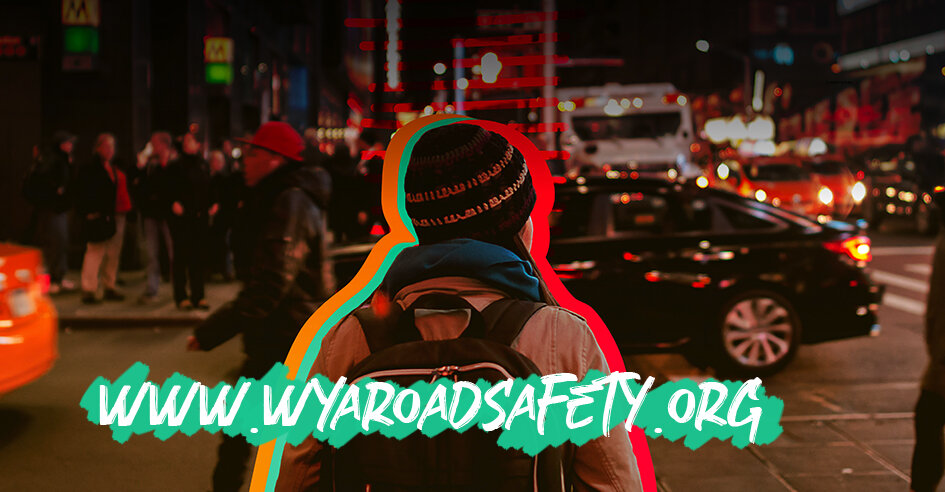
The 2nd World Youth Assembly is all set for 18th February 2020
18th February is the date for the 2nd World Youth Assembly for Road Safety taking place in Stockholm, Sweden. n official pre-event of the 3rd Global Ministerial Conference on Road Safety.
The Assembly will feature a full-day of programming that brings together young advocates, campaigners, and change-agents who are committed to combating road traffic injuries. The Assembly will explore road safety and crosscutting solutions to challenge the number one cause of death for youth (aged 15-29). It will be action-oriented, intergenerational, and inclusive, with the representation of young leaders from all over the world.

We have been working hard alongside our Global Youth Taskforce for Road Safety to ensure the Youth Assembly is youth-driven, youth-orientated and will inspire the next generation of young leaders in road safety.
We strive for a bottom-up approach where young people are in charge of their own agenda. A powerful group of young people from around the globe, with different backgrounds, have assembled to part of the Global Youth Taskforce.
The Taskforce derives partly from the strong YOURS network of youth leaders for road safety and partly from other youth networks such as the UN Youth System and other relevant youth-led NGOs (such as Restless Development, Kenya Red Cross, IFMSA etc.). These young leaders were selected through a competitive recruitment process. The Global Youth Taskforce is in charge of leading the content and promotion of the Assembly.
The Global Youth Taskforce is made up of young volunteers and professionals, many of whom have been personally affected by road traffic crashes, motivating them to take charge of advocacy campaigns and programmes to improve road safety in their communities. They understand the gravity of the issue as a public health concern and work in fields which will benefit from safer and more sustainable mobility, such as sustainable cities, safe schools, climate emergency, and youth rights and empowerment.



“Young people are stepping up to the plate to say ‘enough is enough’ to their peers, family, and friends dying on the world’s roads. Road traffic crashes remain the biggest killer of young people globally and it is time we shift the paradigm that young people are ‘problem road users’ to showing that young people can be active change agents and assets for road safety.
The World Youth Assembly is entirely youth-led. It has been organized by the Global Youth Taskforce who is in charge of all elements of the programme, branding, promotion, selection of delegates, and artistic inputs. The Assembly will bring together up to 200 young leaders from across the world to tackle the biggest public health threat to their lives through cross-cutting solutions and will be action-oriented, inter-generational, and inclusive. We will be #ClaimingOurSpace for safe mobility and at the decision-making table”.

 Every young person attending the Assembly will have engaged with other young people in their communities through youth consultations, so are deeply rooted in their communities and cities, and will act as champions for road safety in their respective countries. They will come from all over the world, and from a range of backgrounds, including civil society, academia, the private sector, and the government sector. As a whole, those attending the Assembly represent different experiences and realities in terms of safer mobility, and represent a collective voice for road safety.
Every young person attending the Assembly will have engaged with other young people in their communities through youth consultations, so are deeply rooted in their communities and cities, and will act as champions for road safety in their respective countries. They will come from all over the world, and from a range of backgrounds, including civil society, academia, the private sector, and the government sector. As a whole, those attending the Assembly represent different experiences and realities in terms of safer mobility, and represent a collective voice for road safety.
The Assembly will take place on 18 February 2020, on the eve of the 3rd Global Ministerial Conference on Road Safety, and will feature a full day of programming that brings together young advocates, campaigners, and change-agents who are committed to combating road traffic death and injury. Participants will be empowered with new knowledge, skills and resources which will enable them to build a roadmap and take local action through advocacy and campaigning. The event will provide attendees with the opportunity to connect with current decision-makers and build partnerships.
A Global Youth Statement on Road Safety will be one of the outcomes of the Assembly, which will then be presented at the Ministerial Conference as well as a newly formed Global Youth Coalition for Road Safety.



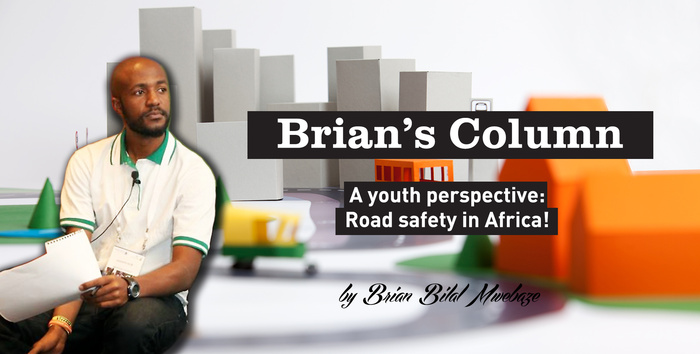
 1. Inexperienced driver’s hands on the steering wheel
1. Inexperienced driver’s hands on the steering wheel 2. Riding or driving with no license
2. Riding or driving with no license 3. Speeding
3. Speeding 4. Miss using helmet and seatbelts.
4. Miss using helmet and seatbelts. 5. Drive/ride/walk while drinking alcohol or drunk.
5. Drive/ride/walk while drinking alcohol or drunk.
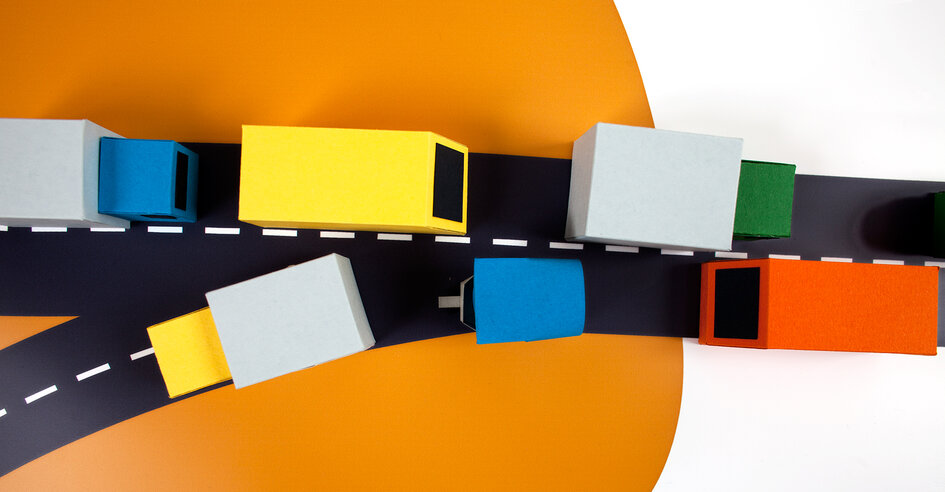


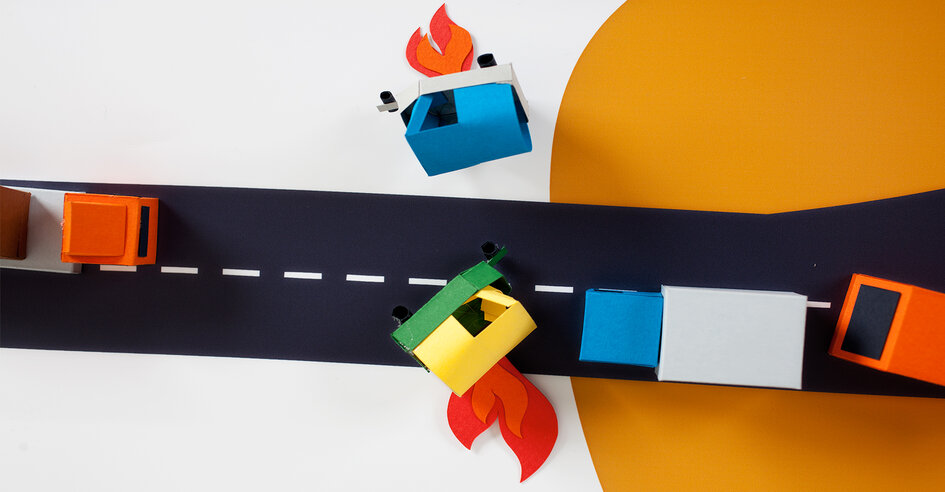



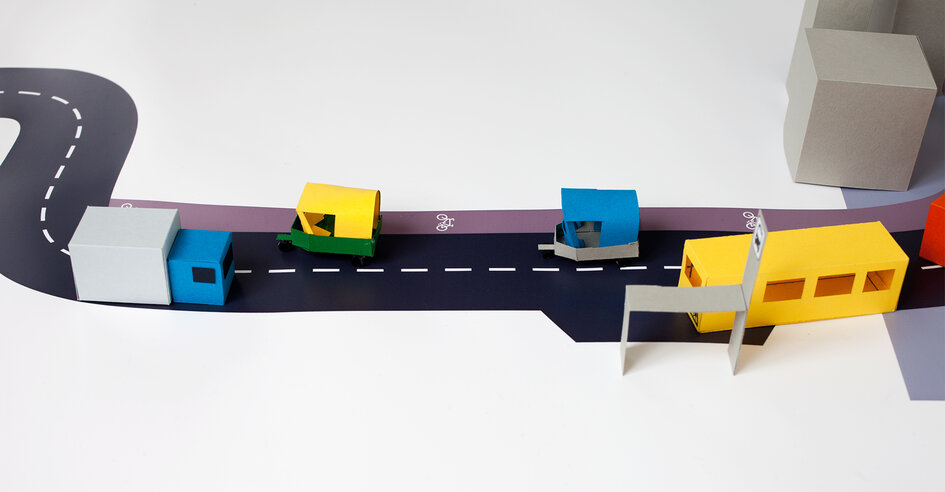
 The leadership of
The leadership of 


